жЬ®жЫЬжЧ•, 12жЬИ 22nd, 2011...9:50 AM
Kyoto Rakunan Guide
Reading time: About 3 minutes
Kyoto Rakunan GuideThe Rakunan of Kyoto is located on the southern side of Kyoto station. Within the Uji area, where Uji Byodoin is in the center, and the area in which the Tofuku temple is the center, are the two main areas worth visiting.
This time we will introduce the areas where Tofuku temple is located at the center, and where you can enjoy viewing the various fall colors.
Tofuku temple is located at one of the five mountains in Kyoto. While walking on the pedestrian walkway from the station to Tofuku temple, you can look up to the Tsutenkaku. Tourists pointed out this sight, appearing to be in awe to the beauty.
To the right side of the temple entrance is the Sanmon, which is said to be JapanвАЩs oldest remains. It is tremendously large, and was built in the 1400вАЩs.
Tofuku temple was built in contrast to NaraвАЩs Kofuku temple. It was reported that it took nineteen years to complete it.
In the valley, which can be gazed upon from the main hall of Tsutenkaku, there are around 2000 deciduous trees. The leaves that can be seen from the stage are absolutely amazing.
You can explore the valley by leaving the Tsutenkaku. The colors are breathtaking.
The Kaisando, which is inside of Tofuku temple, has an Edo style mid-period representative garden.
Contninued is the Komyoin that is famous for its dry garden waters.
The Komyorin is known as the вАЬKokederaвАЩs rainbowвАЭ, which has a garden where stones are lined up between the white sand and moss. This work was created by a famous gardener from the Showa period, Mirei Shigemori.
The moss and colorful fall foliage contrast with the white sand, and the beauty of the garden further accelerates.
From Tofuku temple, Sennyu temple is only a 20-30 minute walk. The imperial household and yukari is located there, and there it is a temple called the Mitera. Also at the Shinsho, there are important cultural properties which are not on display.
Passing through the general gate, the Buddhist temple is right in front of you. It was once burned down due to the Onin attack, but the current temple was rebuilt by the 4th general shogun Tokugawa Ietsuna.
Within the grounds of the temple there are a number of halls for worship. Gozasho Teien is the most popular during autumn. It is said to be the most colorful within the Kyoto city starting from the earliest time of the season.
Within the precincts the works of floral teaching were also displayed.
The reason this temple is called the Mitera is because the graves of the historical emperors; Gohorikawa, emperor of Kamakura period, Shijyo emperor, and Gosuio emperor, who was the emperor of Edo period until the Edo period ended, are located within the precincts.
Walking along the side of the gates of Sennyu temple, we arrive at the separate building вАЬUnryuinвАЭ.
The inner garden of the Unryuin
This is the вАЬenlightening windowвАЭ, a perfect circle, which seems to change the scenery with every visit.
It represents the enlightenment of Zen Buddhism within the precincts of the temple, and in the spring you can gaze at the plum trees and the Malus Halliana.
Besides The Rakunan, there are places to visit and explore, such as Daigo temple, Uji-byodoin, Fushimi Inari daija. We highly recommend that you visit each place at lest once to enjoy the unique aspects of these traditional japanese locations.









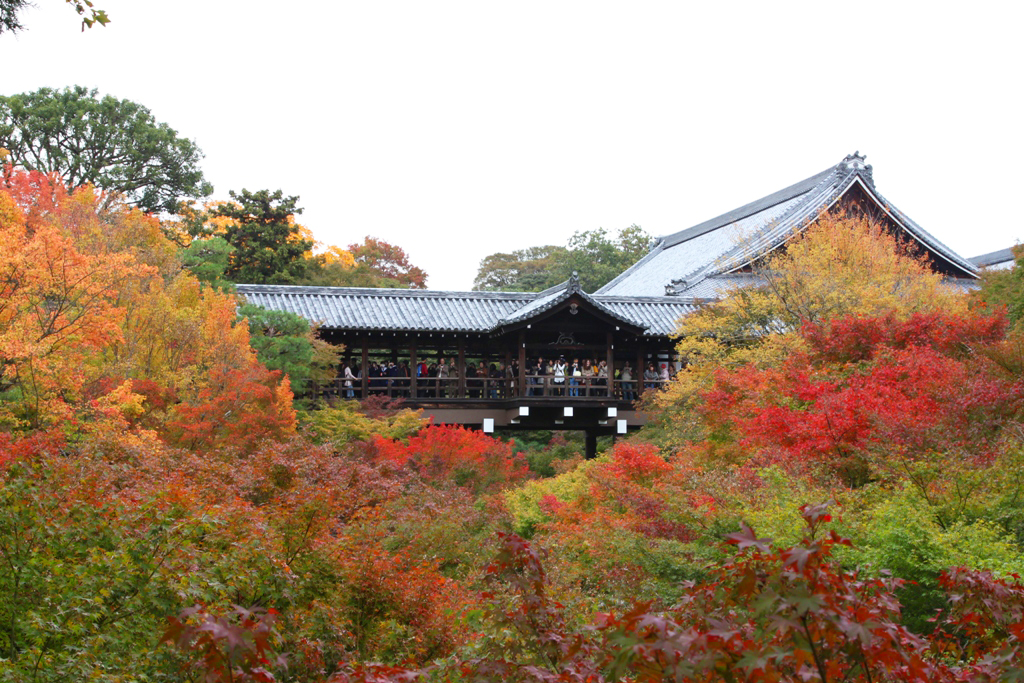
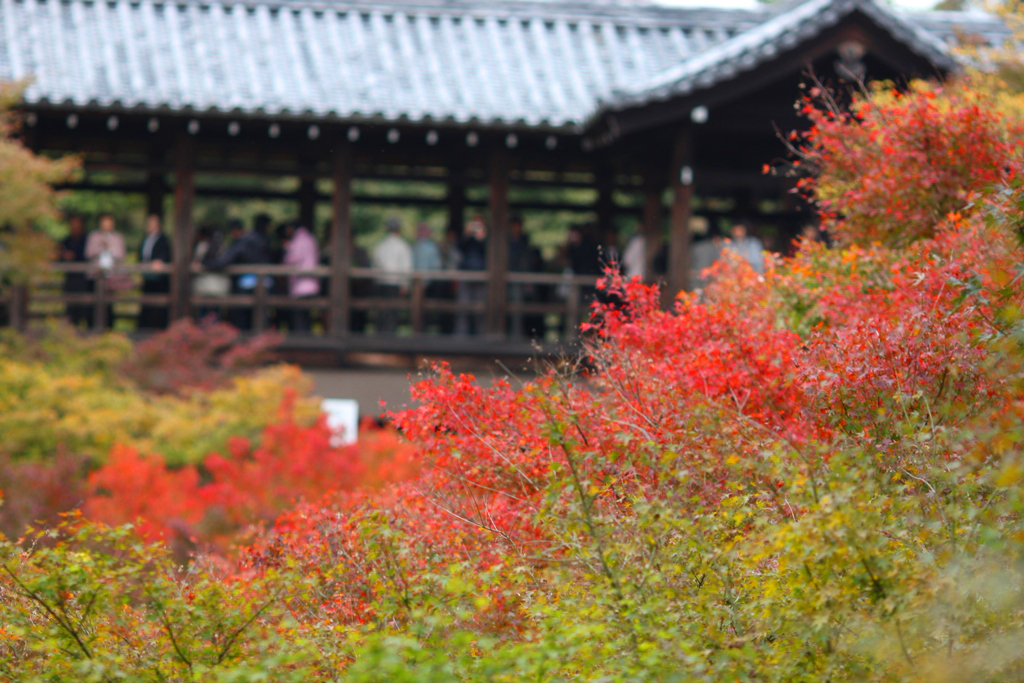
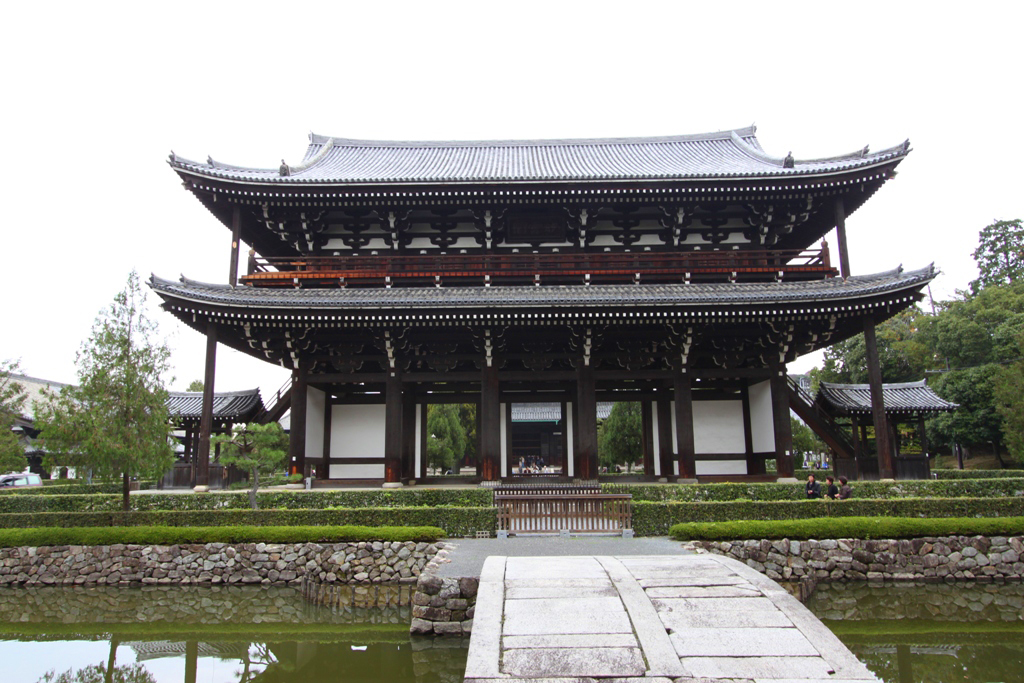

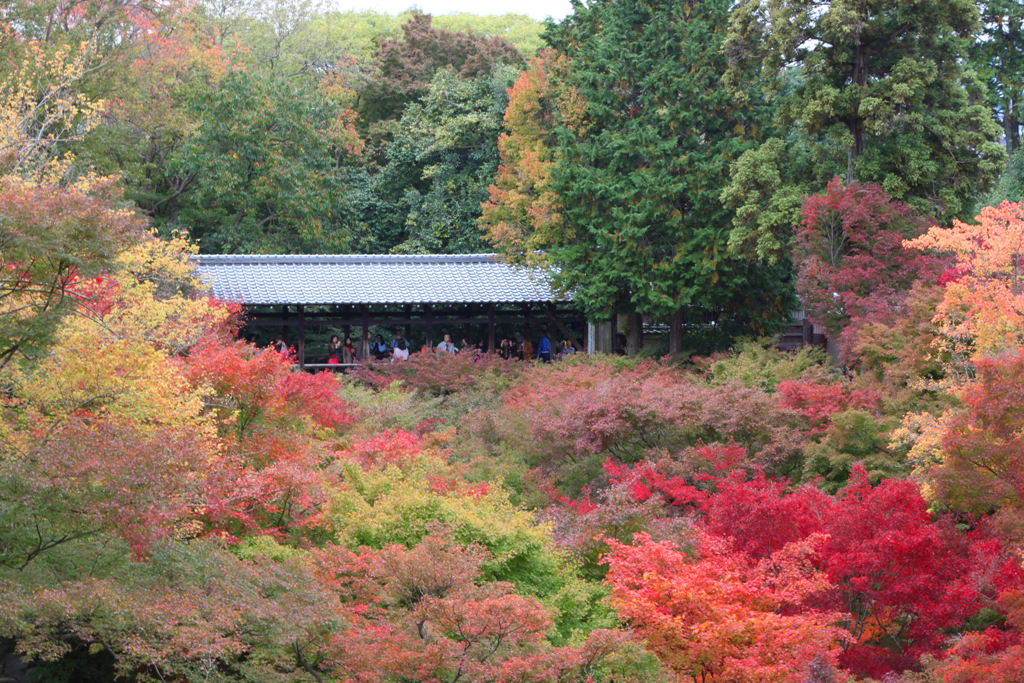
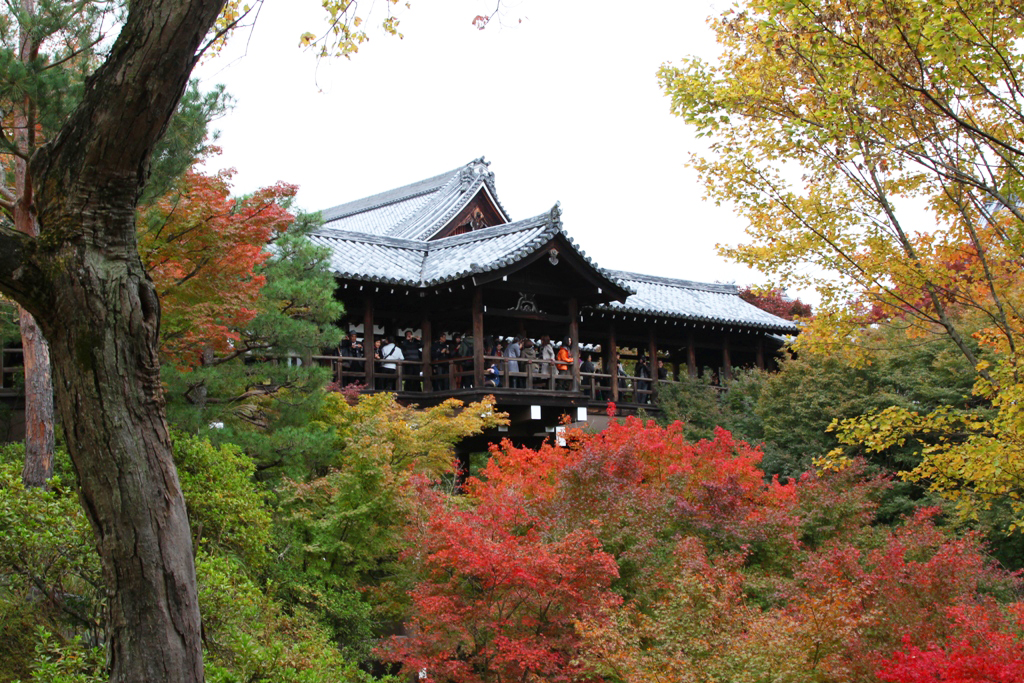
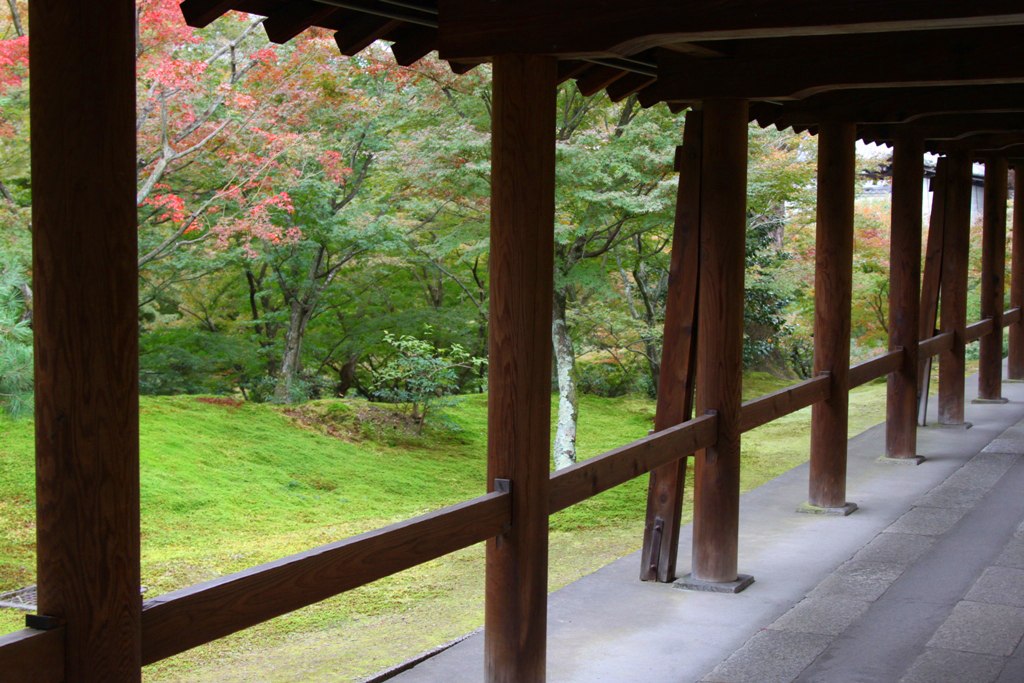
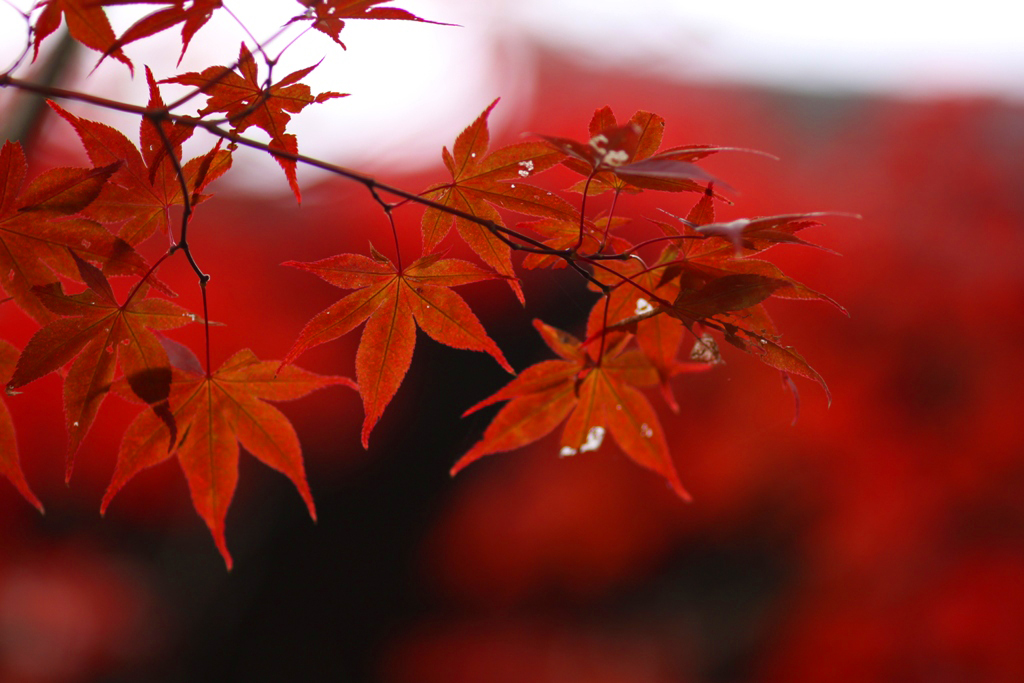
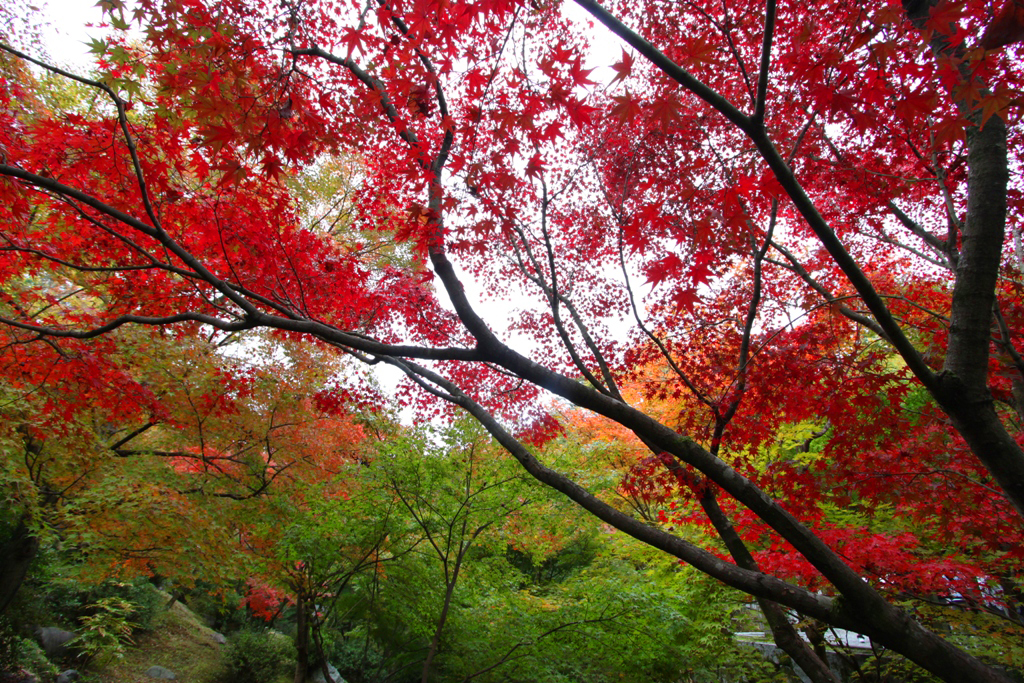
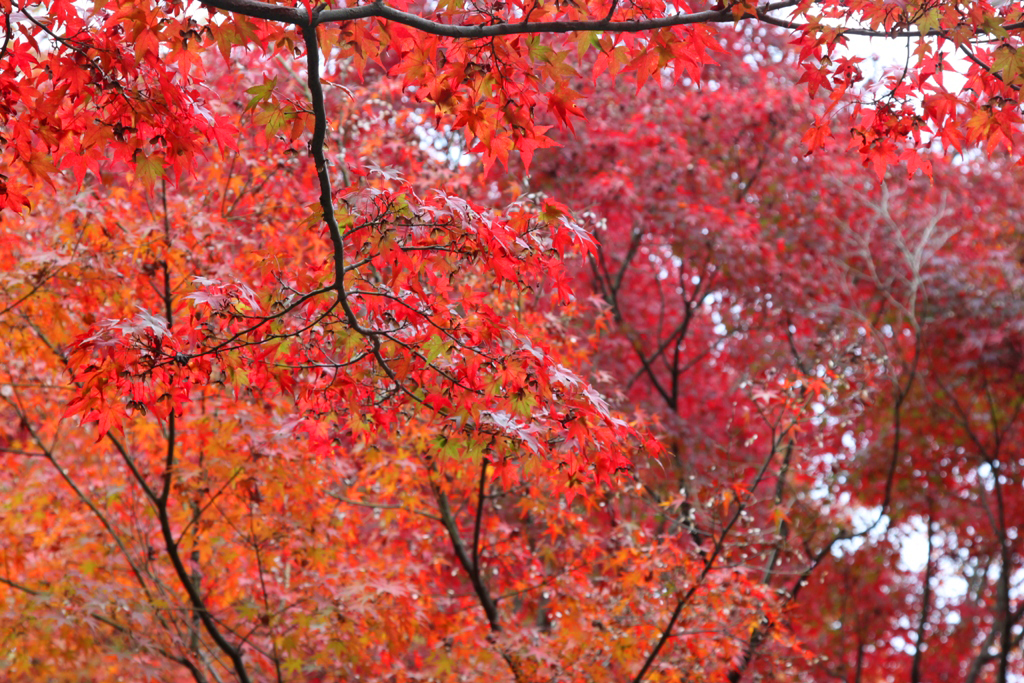
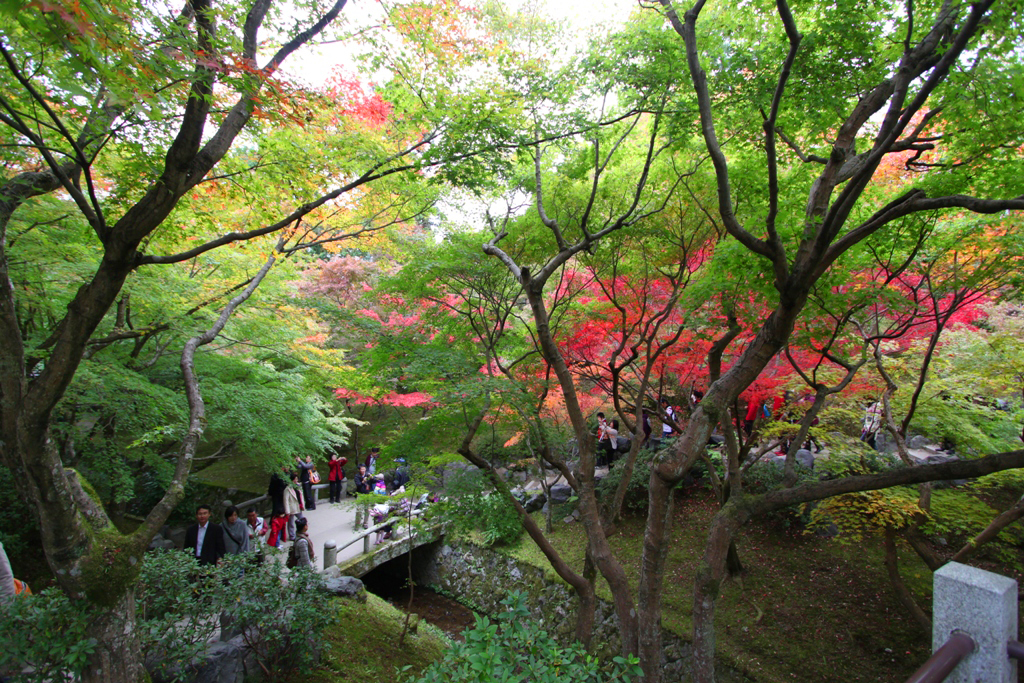
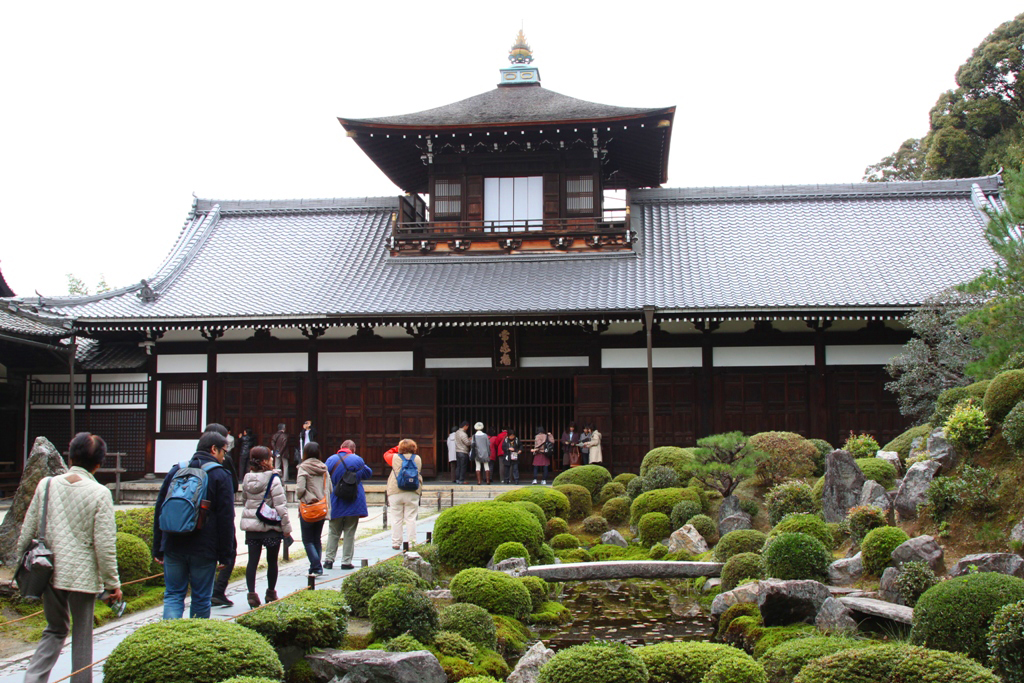
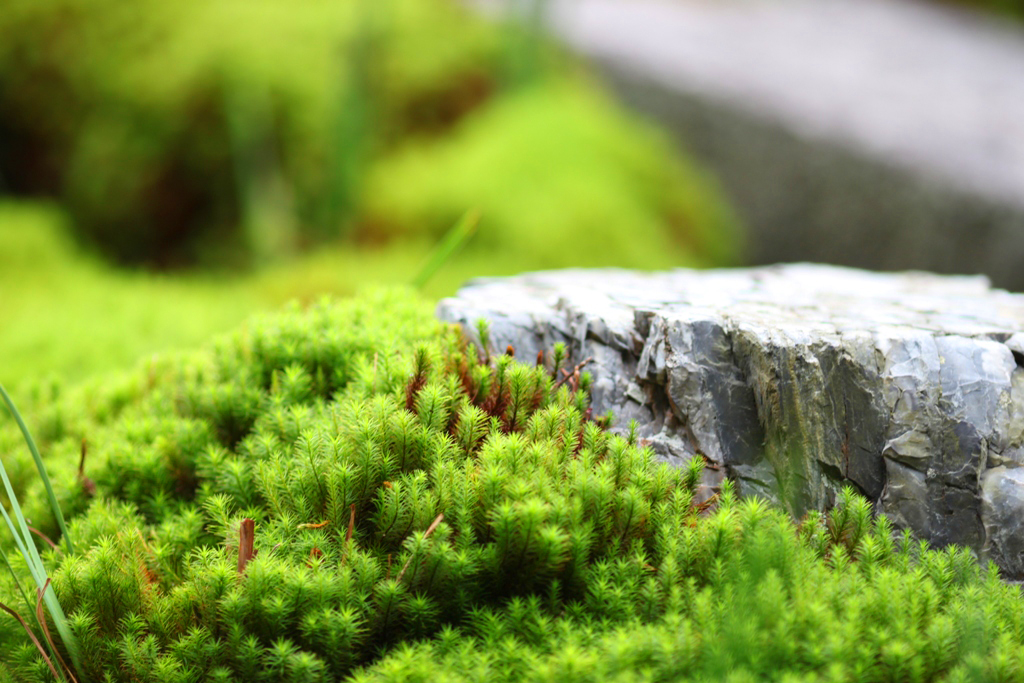
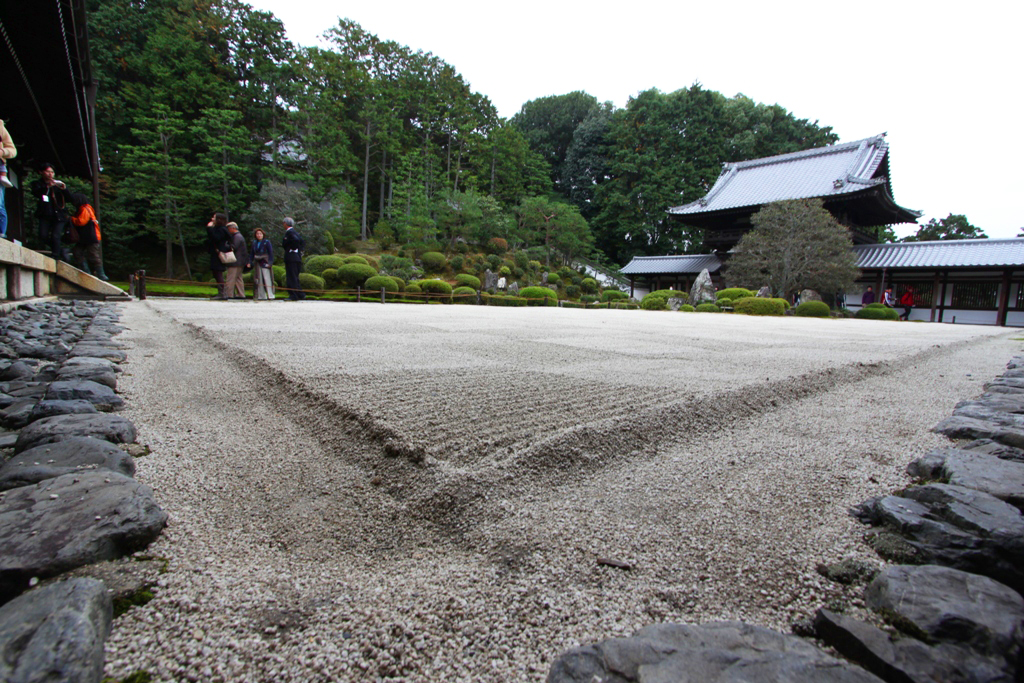
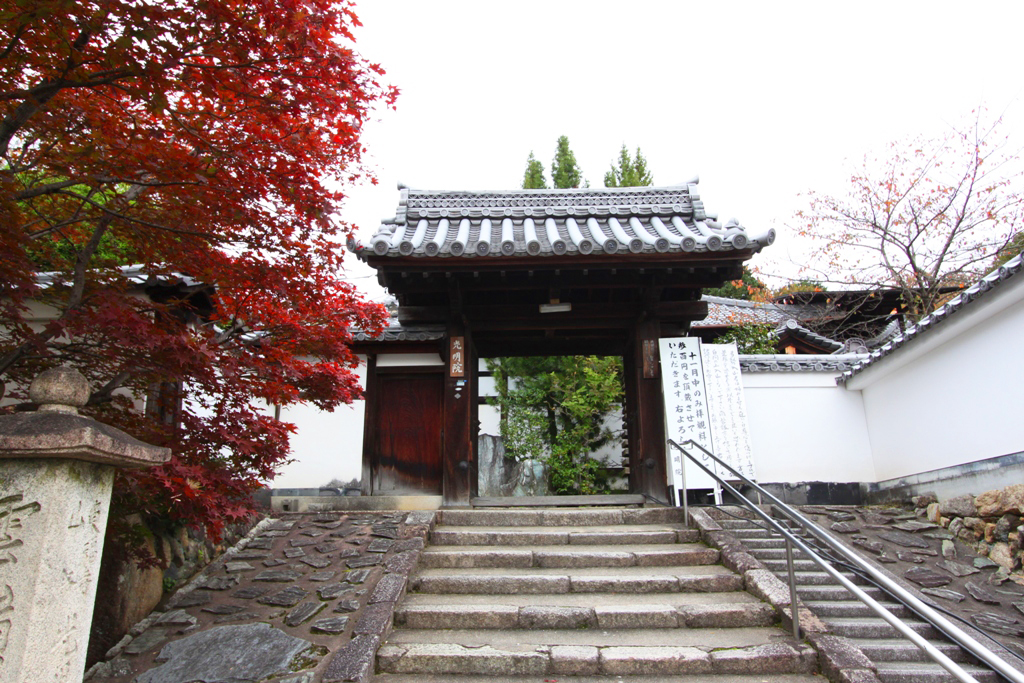
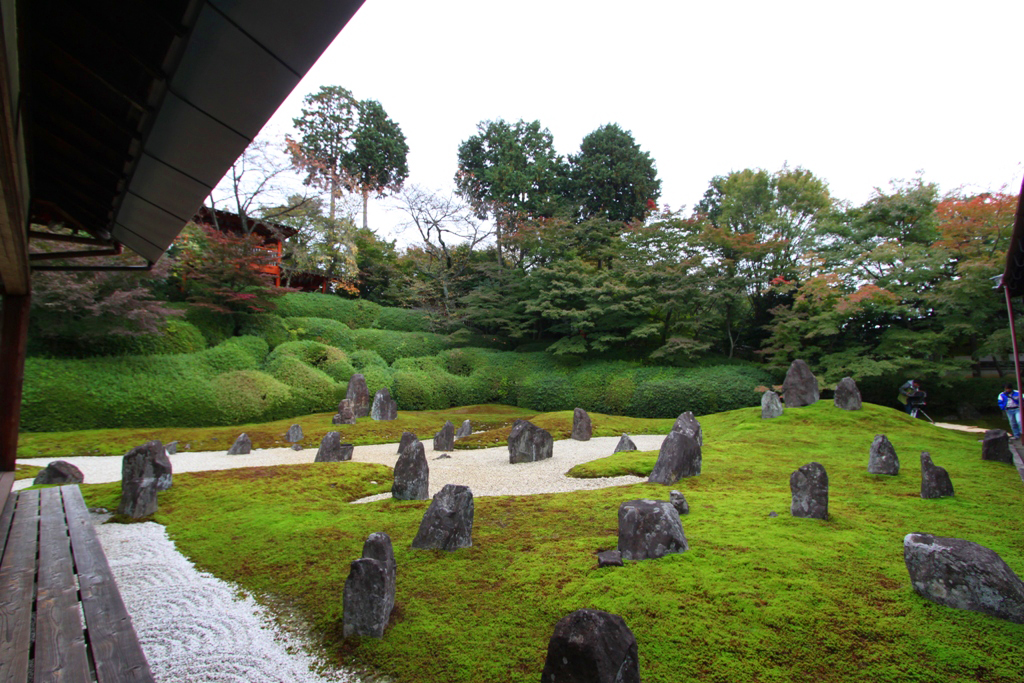
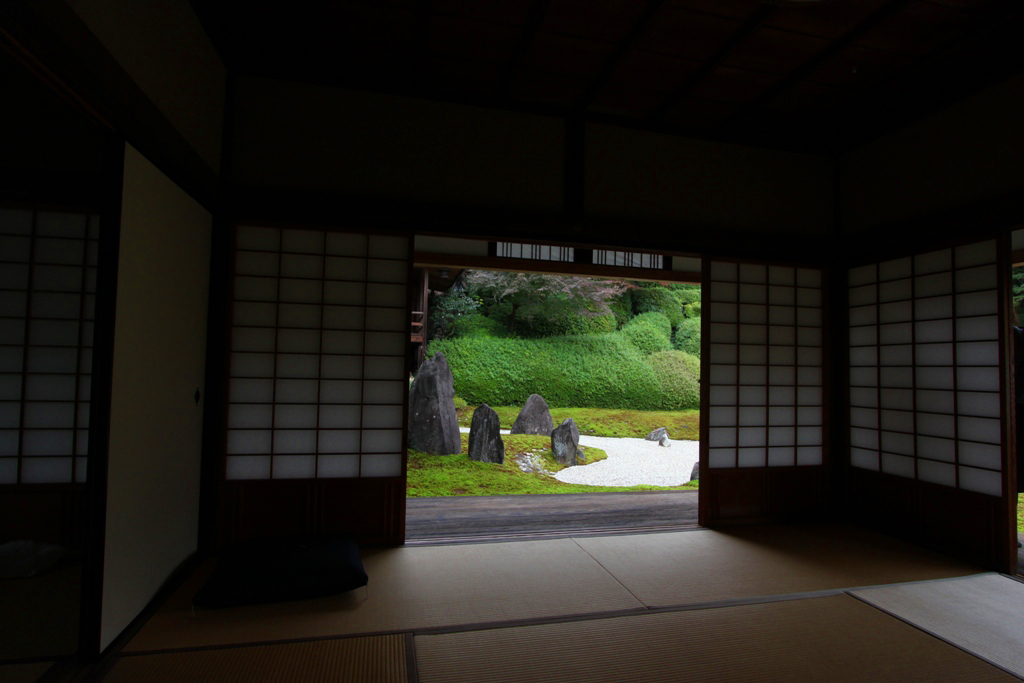
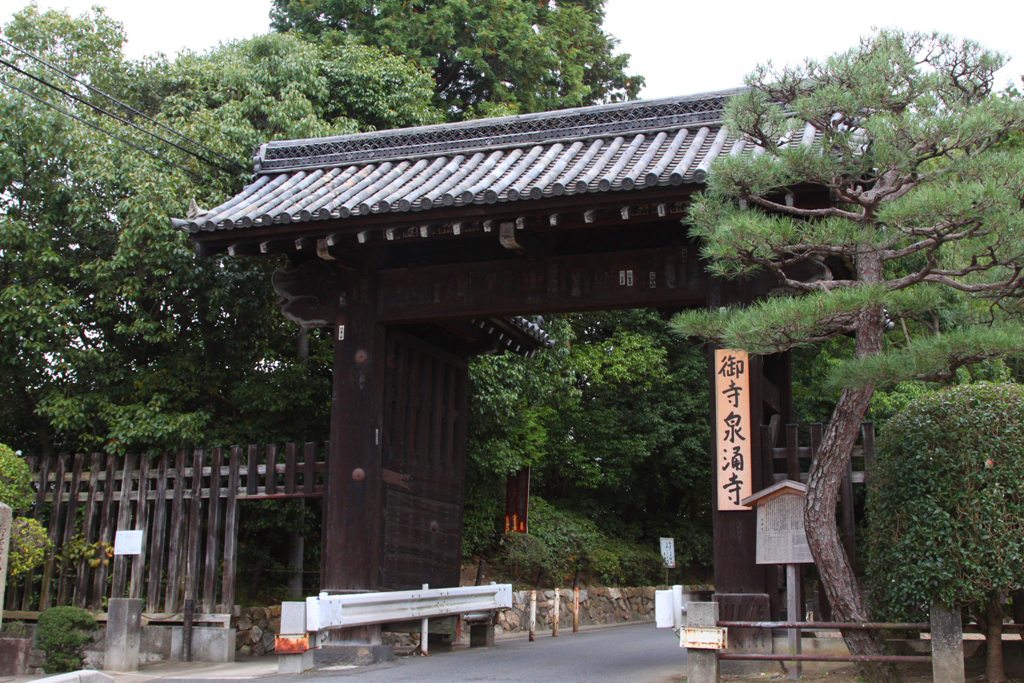
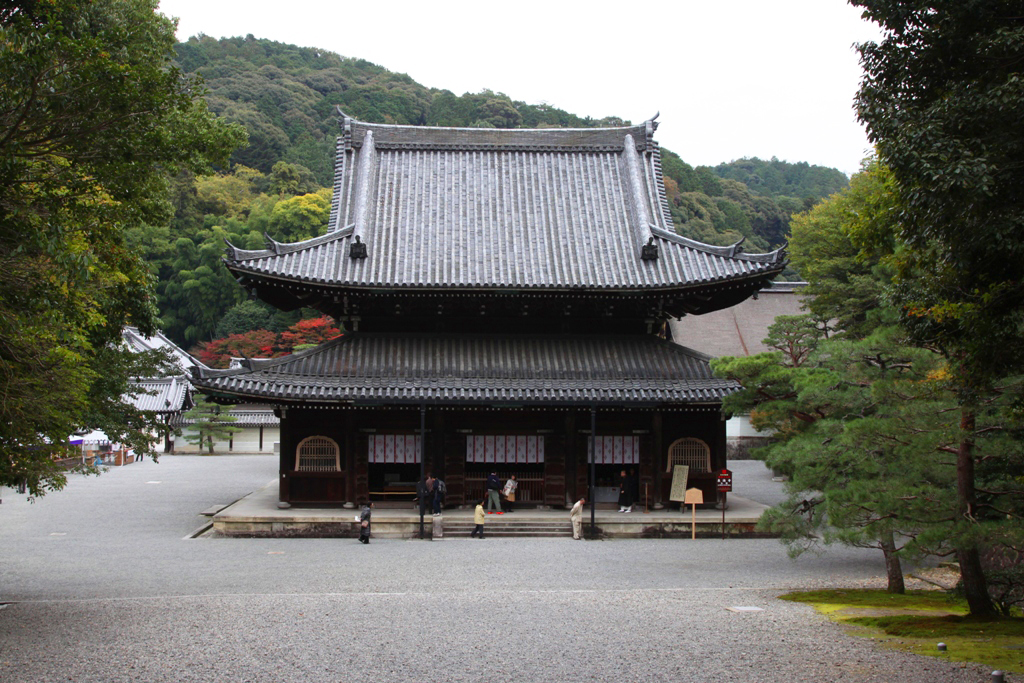
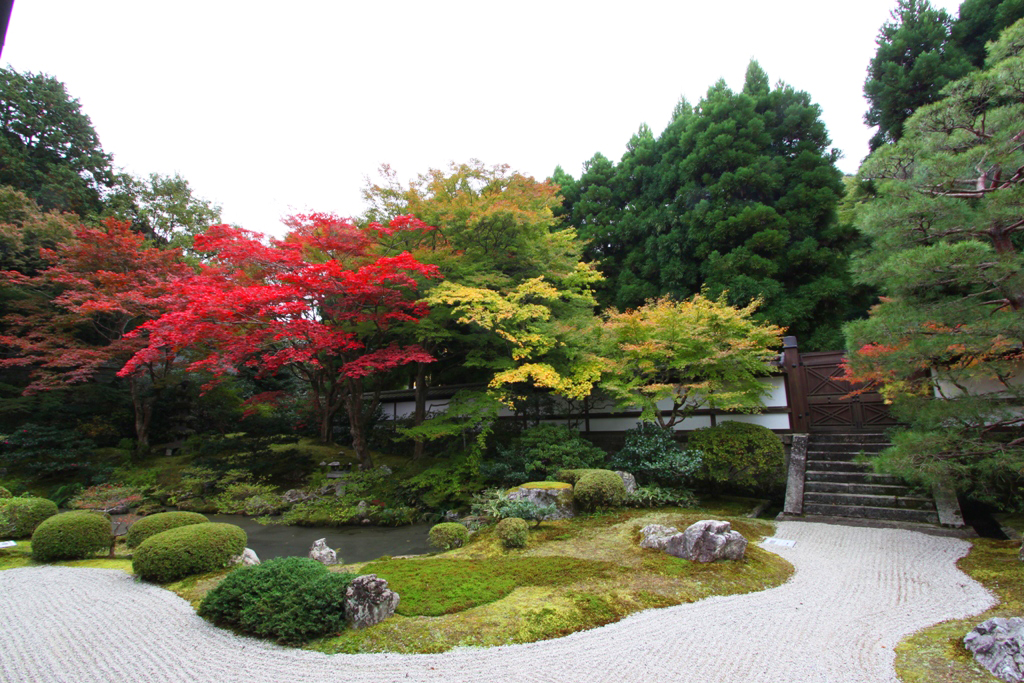
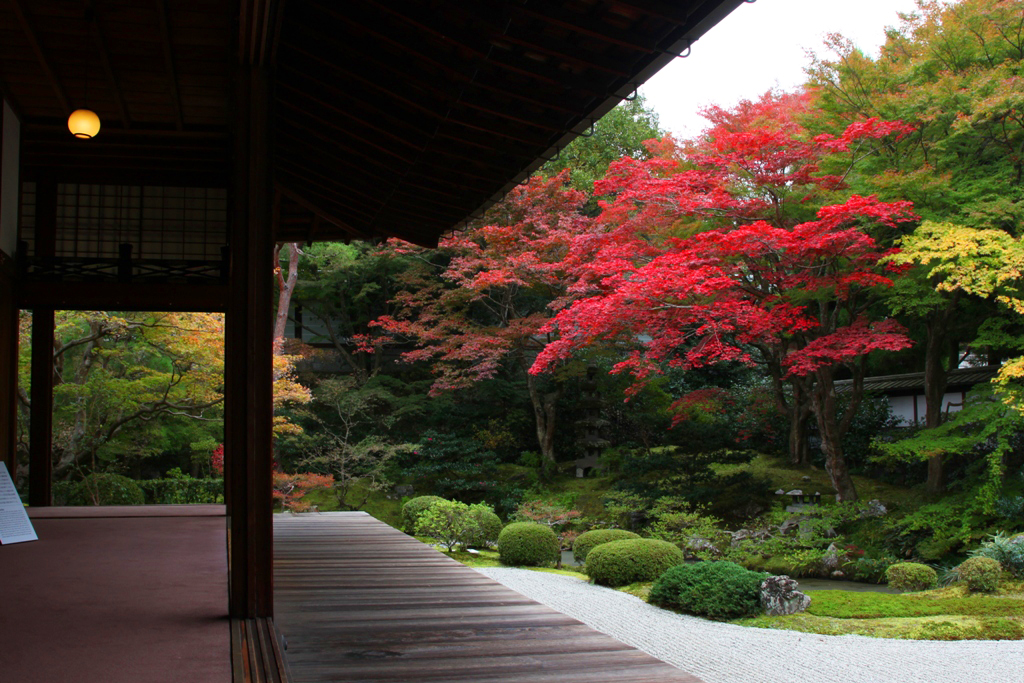
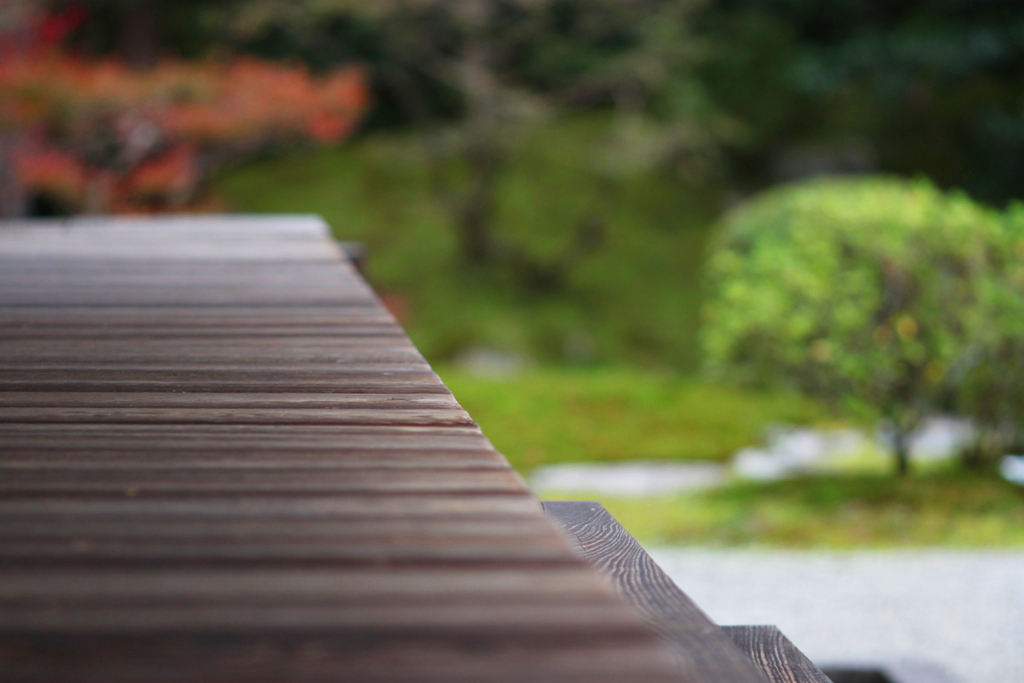
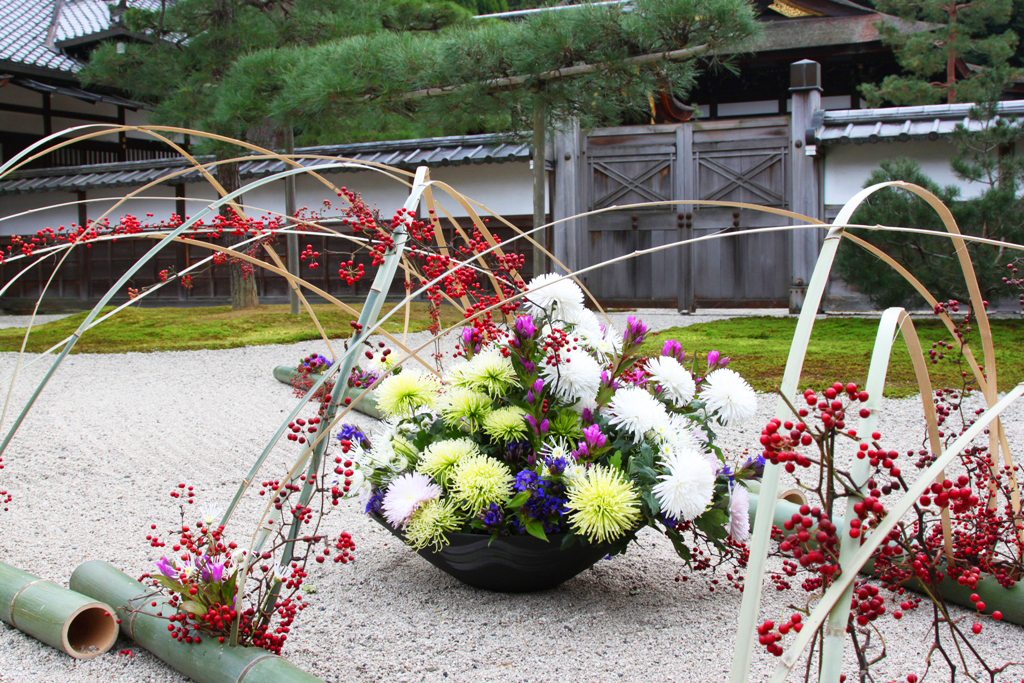
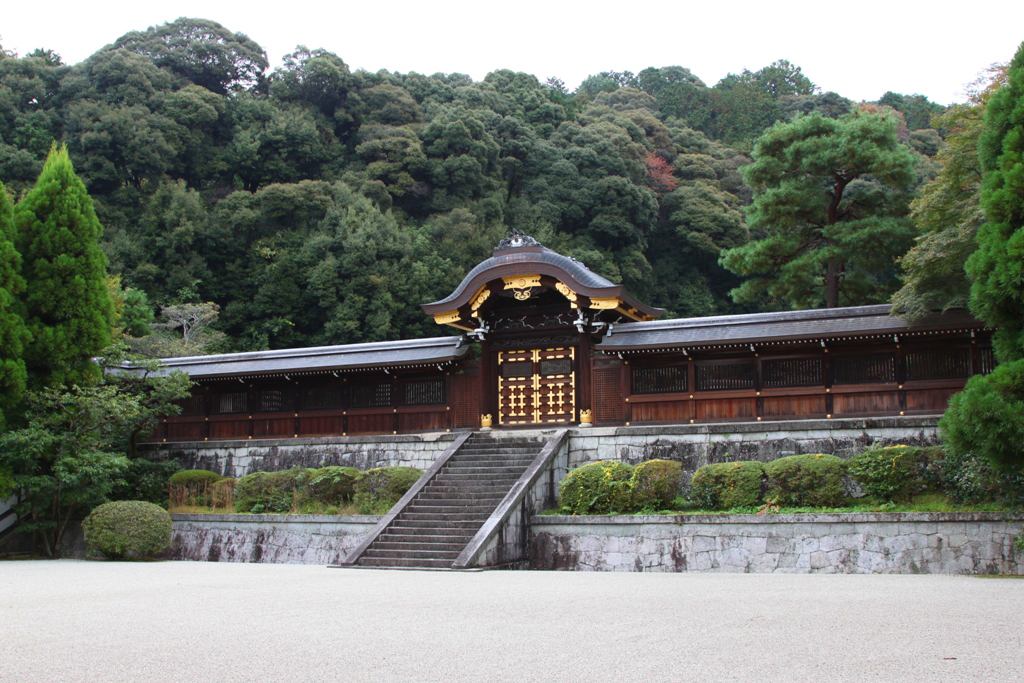
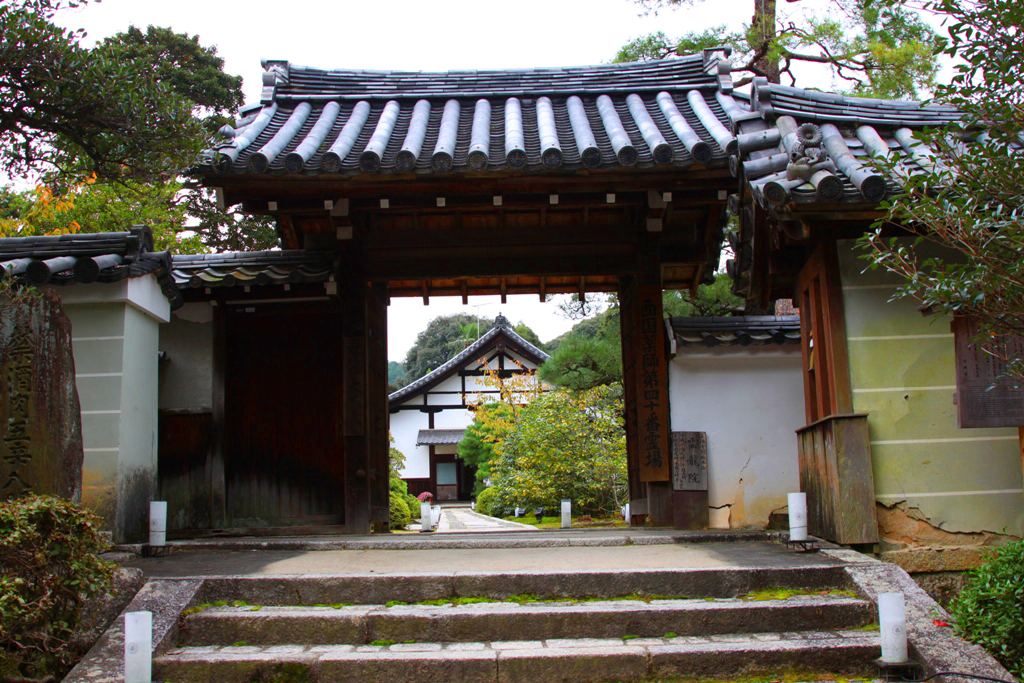
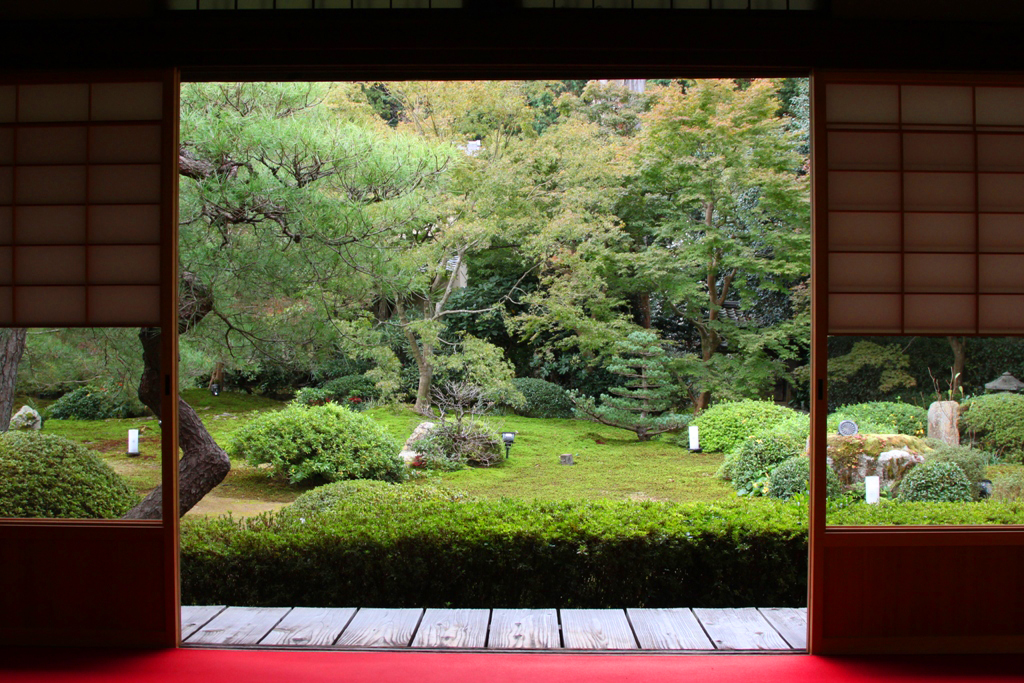
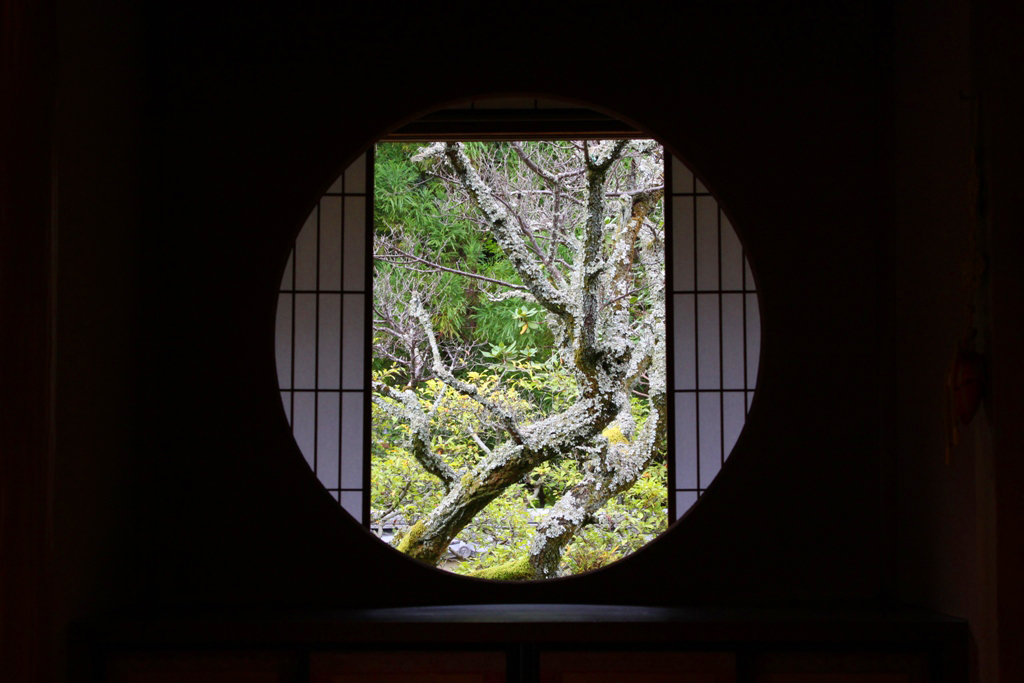











Leave a Reply